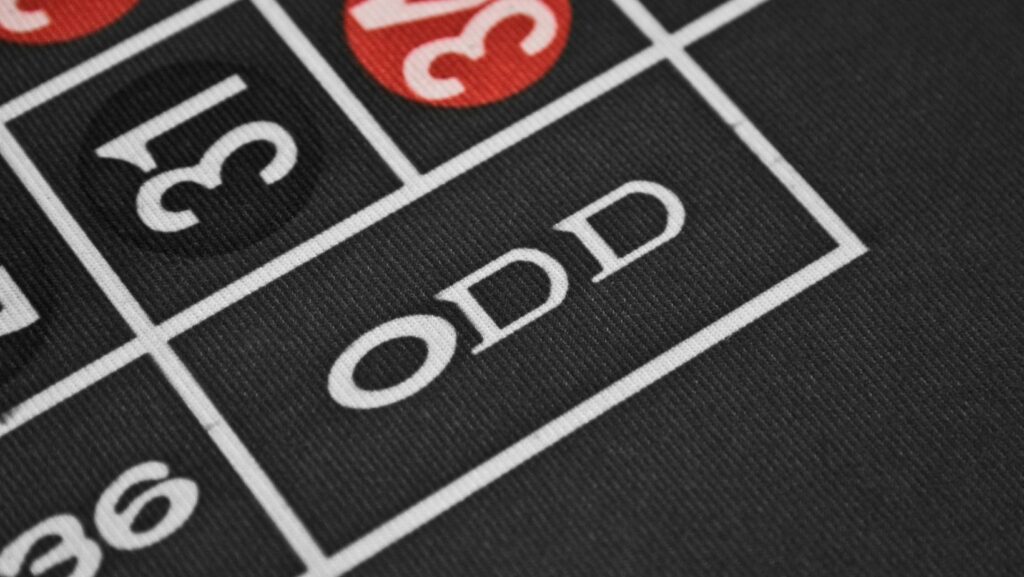Lady Luck can be fickle, randomly bestowing good fortune. Wise bettors don’t rely on chance alone but employ probability—the branch of math studying likelihood of outcomes—to calculate odds and tip odds in their favor. While seasoned pros intuit winning probabilities, casual punters can quantify odds using key rules.
Understanding these principles allows you to make informed bets, converting games at LuckyHunter Casino of chance into games of skill. We’ll explore essential concepts in probability theory to help better understand odds and tilt chances in your favor.
Grasping Probabilities
Probability measures the likelihood of potential outcomes. It ranges from 0 (impossible event) to 1 (certainty). For example, the probability of a fair coin landing heads is 0.5 – equally likely to come up tails.
To calculate probability (P) of an event (E):
P(E) = Number of favorable outcomes / Total number of possible outcomes
If you flip a coin twice, the probability of getting 1 head is:
- Number of ways to get 1 head = 2 (head-tail or tail-head)
- Total possible outcomes = 4 (head-head, head-tail, tail-head, tail-tail)
- P(1 head) = 2/4 = 0.5

Understanding probabilities of a game’s outcomes is key to calculating odds and expected values – how much you expect to win or lose per bet.
Know Your Odds
Odds indicate the likelihood of an outcome relative to other outcomes. They determine potential payouts per bet.
For example, when flipping a coin:
- Odds of getting heads = 0.5
- Odds of getting tails = 0.5
- Payout per $1 bet would be $1 (even odds)
Now say odds of an event are 1 in 4, or 0.25 probability:
- Payout per $1 bet would be $4 (4:1 odds)
In general:
- Odds = 1 / Probability
- Payout per $1 bet = Odds
So if you bet $10 on 4:1 odds and https://slotspeak.com/video-slot-games/ win, you profit $30 (Payout of $40 minus $10 bet).
Understanding a game’s odds allows you to calculate expected payouts and inform betting strategy.
Calculating Expected Value
While odds indicate potential payouts, expected value (EV) represents how much you expect to net per bet when factoring in probability. Positive EV bets are profitable in the long run.
It’s calculated as:
EV = (Probability of Win × Payout) + (Probability of Loss × -1)
Let’s say odds of an event are 2:1 (Pwin = 1/3, Ploss = 2/3) with a $10 bet:
- Pwin = 1/3
- Payout = 3× original bet = $30
- Ploss= 2/3
- Loss = -$10
EV = (1/3 × $30) + (2/3 × -$10) = 0

While you may lose money short-term, this bet breaks even long-term. Understanding EV lets you make +EV bets.
Tilting Odds In Your Favor
Now that you grasp probabilities, odds and EV, let’s explore techniques to tip chances in your favor:
- Bet only when odds exceed probabilities – If probability > odds, the payout is less than justified – negative EV.
- Leverage odds discrepancies – If your probability estimate exceeds posted odds, wager when the difference is largest.
- Hedge correlated bets – Place counterbalancing bets to minimize losses.
- Capitalize on arbitrage – Exploit mispriced odds at different books for guaranteed profit.
- Mastering such nuances converts gaming from gambles to financial investments.
While chance plays a role, understanding probability provides a skillful edge. Quantifying odds, expected values and hedging tactics allows you to strategically bet rather than blindly rely on Lady Luck’s whims. Tilt probabilities in your favor by leveraging the art of odds.
